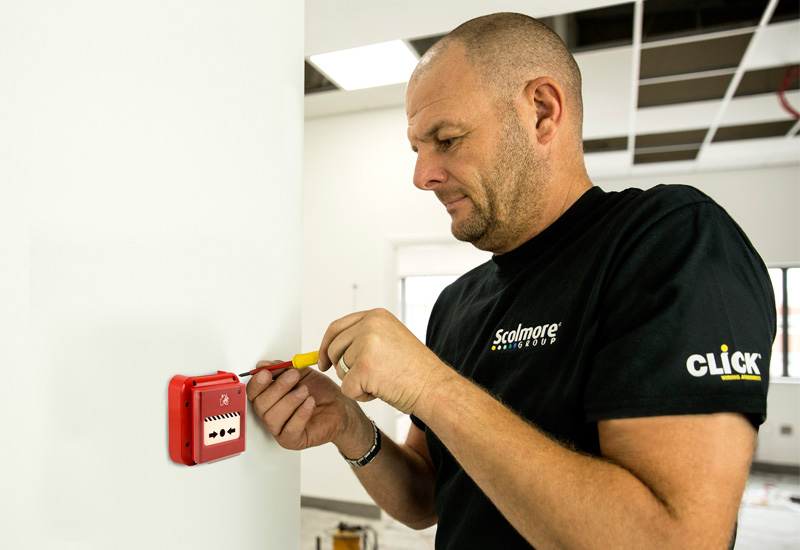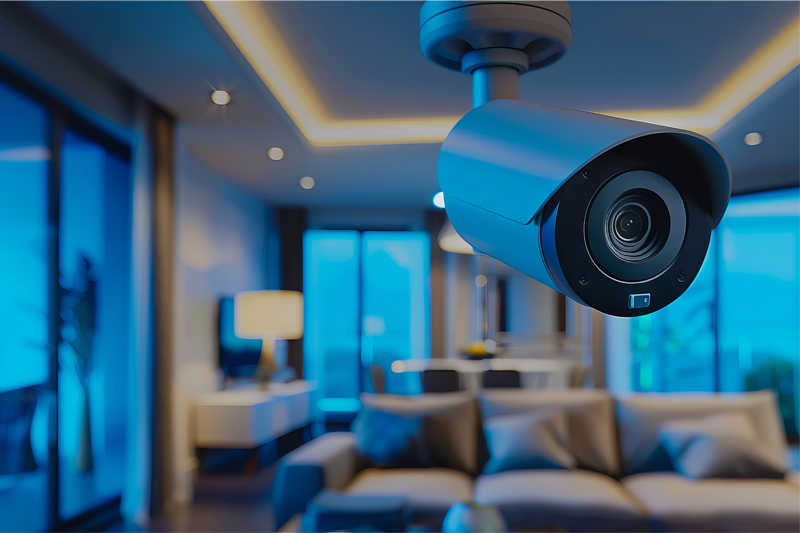ESP’s Sales Director, Neil Baldwin, looks at the revised BS 5839-1:2017 standard, to help wholesalers understand the changes and know what needs specifying and why.
BS 5839-1:2017 fire detection and fire alarm systems for buildings standard provides recommendations for the planning, design, installation, commissioning and maintenance of fire detection and fire alarm systems in and around nondomestic premises.
The BS5839-1 revision adopts the latest industry thinking and new technologies, including added guidance on the use of call points and multi-sensor fire detectors, with the aim of reducing the incidence of false alarms.
What’s changed?
The main change relates to manual call points. All manual call points must have some variety of protective cover. This should help prevent accidental activation from impact and also should force users of the fire alarm system to lift the cover before activation, thereby adding an extra action to the process of pressing the alarm. This should help reduce the number of times the button is pressed accidentally and make anyone who intends to push the manual call point (whether maliciously or not) to think about whether the alarm actually should be triggered.
Of course, covers for manual call points are now not new pieces of equipment, and many manufacturers have been producing them for some time. However, the new thing to remember is that any new installation work must use a call point cover to meet with the revised standard. Does this mean your customers need to retroactively fit call point covers on all currently existing call points? The simple answer is no, not necessarily. The standard only really applies for any new work undertaken since the publication of the standard (31st August 2017).
‘Ultimate safety’
Another change in the update is point 20.1 – the ‘place of ultimate safety’, where the clause has been expanded to place emphasis on this. The reason for the change is because not all exits of a building are specifically designed as fire exits and during the course of a fire, people will use any exit (regardless of whether it is a designated fire exit). For example, some openings in the building envelope (such as a roller shutter door) are not normally considered as a pedestrian exit, but in an emergency are likely to be used as such. Therefore manual call points should be located on escape routes and, in particular, at all storey exits and all exits to open air that lead to an ultimate place of safety (whether or not the exits are specifically designated as fire exits).
In addition, the standard has also been updated in regards to multi-sensor detectors. Those that have fire sensitivity of BS EN 54-7 are now acknowledged as suitable for fire escape routes but their configuration must include smoke detector mode.
Devil in the detail
The updated standard also makes clear about the method of inspection and servicing for multi-sensor detectors. Clause 45.4 states recommendations for inspection and test of the system over a 12-month period. In the first instance: ‘Multi-sensor detectors should be operated by a method that confirms that products of combustion in the vicinity of the detector can reach the sensors and that a fire signal can be produced as appropriate.’ In addition: ‘The guidance of the manufacturer on the manner in which the detector can be functionally tested effectively should be followed’, and ‘multi-sensor fire detectors should be physically tested by a method that confirms that products of combustion in the vicinity of the detector can reach the sensors and that the appropriate response is confirmed at the CIE’.
Where the detector or system design permits, each sensor on which a fire detection decision depends (e.g smoke, heat, CO) should be physically tested individually. Alternatively, individual sensors may be physically tested together if the detection system design allows simultaneous stimuli and individual sensor responses to be verified either individually or collectively. On completion of tests the system should be returned to its normal configuration.
It is also worthy to note that in stairways, the update to the standard says that fire detectors should be sited at the top of the stairway and on each main landing. This is to ensure that there is adequate coverage at every level of the building as plumes of smoke are unpredictable and there is no exact way of knowing where the smoke will go, meaning that if detectors are not sited correctly, there could be a delay in the amount of time between the fire starting the system activating an alarm.
For more information about ESP fire safety products, visit: www.espuk.com




